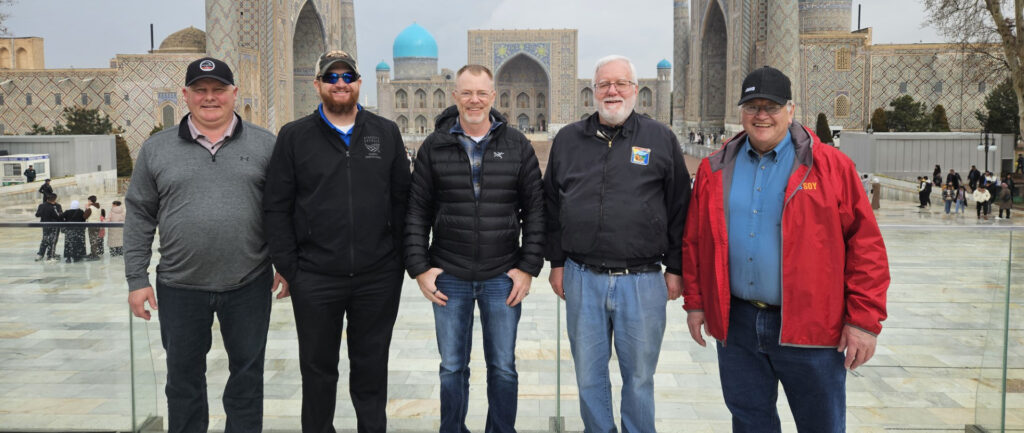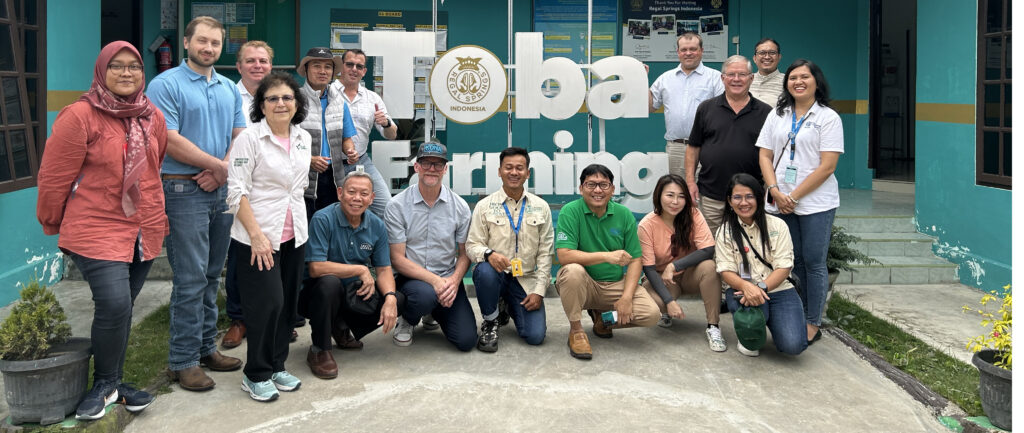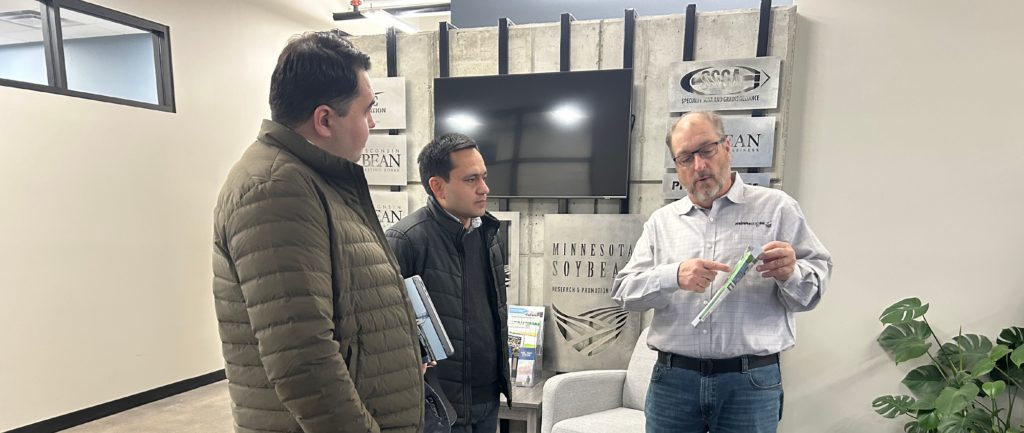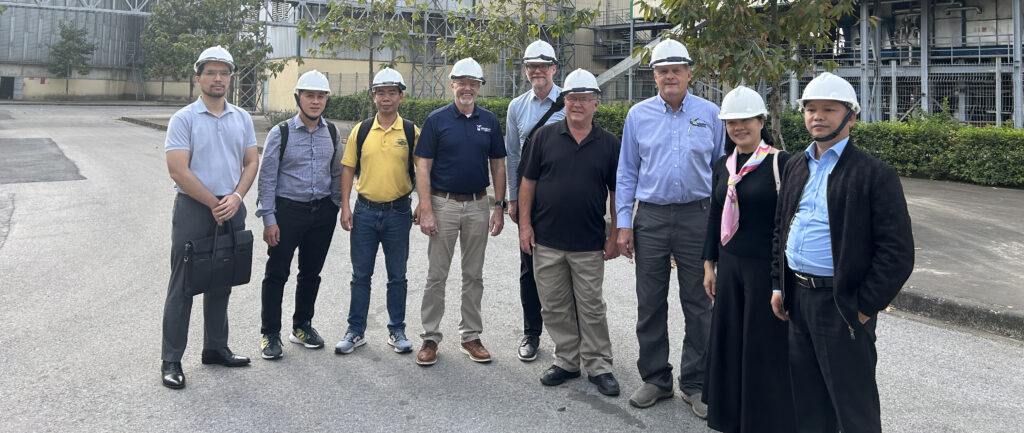Prior to Commodity Classic, American Soybean Association Director and Minnesota farmer George Goblish and Minnesota Soybean Director of Market Development Kim Nill participated in a field trip to the NASA Vegetable Production System (aka the “Veggie Lab”) facility near Orlando.
This NASA facility, overseen by Dr. Gioia Massa, has long researched the challenges of growing plants on the International Space Station (ISS). It is now addressing which crops will be grown during the upcoming NASA mission to Mars.
Kim Nill had been corresponding about NASA’s earlier growing of soybeans in space with the previous Director of NASA’s Veggie Lab, during the past two decades as part of the various positions he held within ASA and the U.S. Soybean Export Council.
“I was pleased to hear the Veggie Lab director state to our group that NASA plans for soybeans to be the first crop they plant on Mars as soon as they erect a greenhouse on that planet,” Said Kim Nill.
Dr. Massa noted one of the crucial lessons they learned growing plants on the ISS is that water and soil particles (e.g., from dead plant root removal post-harvest) must be controlled, so that neither dust nor water droplets “float” around the spacecraft in zero gravity. Thus, they invented sponge-like “pillows” to hold water near roots, and they invented the hollow plastic “screw” shown in photo, with which to remove dead plant roots post-harvest while containing the soil around those roots.

To save crucial space on the spacecraft, these “gardening tools” are created via an onboard 3D printer only several weeks after launch (by when the astronauts’ consumption of prepackaged food has cleared enough space for the growing of plants in the prior food-storage space). The 3D printer “plastic resin” is a mixture of very tiny wood chips suspended in polylactic acid (PLA), an oilseed-source plastic resin that is not compostable in spacecraft unless the tiny wood chips are mixed-in to it.
Because PLA can be produced in the seeds of one of the coming new camelina varieties created by the gene-editing seed company named Yield10 Bioscience — expected to use the Ag Innovation Campus (AIC) in Crookston to crush its first large batch of that new camelina variety— it is possible that the AIC might play a role in growing food plants during the upcoming NASA flight to Mars.
Although soybeans are one of the few food plants grown all the way to harvest on the ISS, Dr. Massa doubts there will be enough room for large plants like soybeans in the tiny space available for “greenhouse” on the first manned flight to Mars. But she declared to the group that “soybeans will certainly be one of the first crops grown on Mars after we build the first greenhouse there.”







